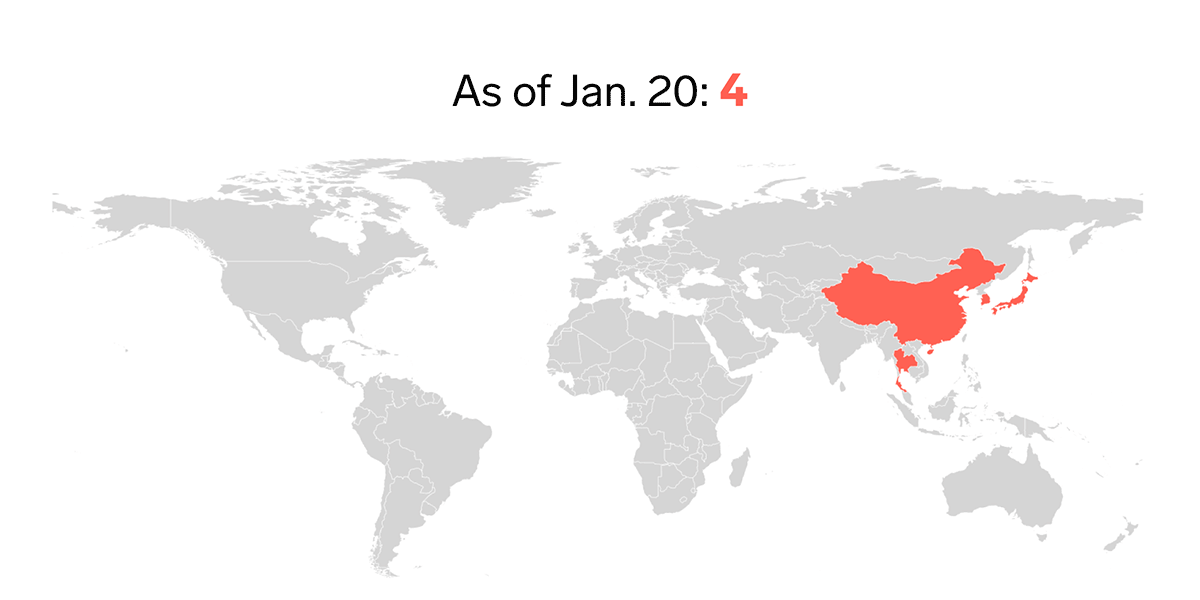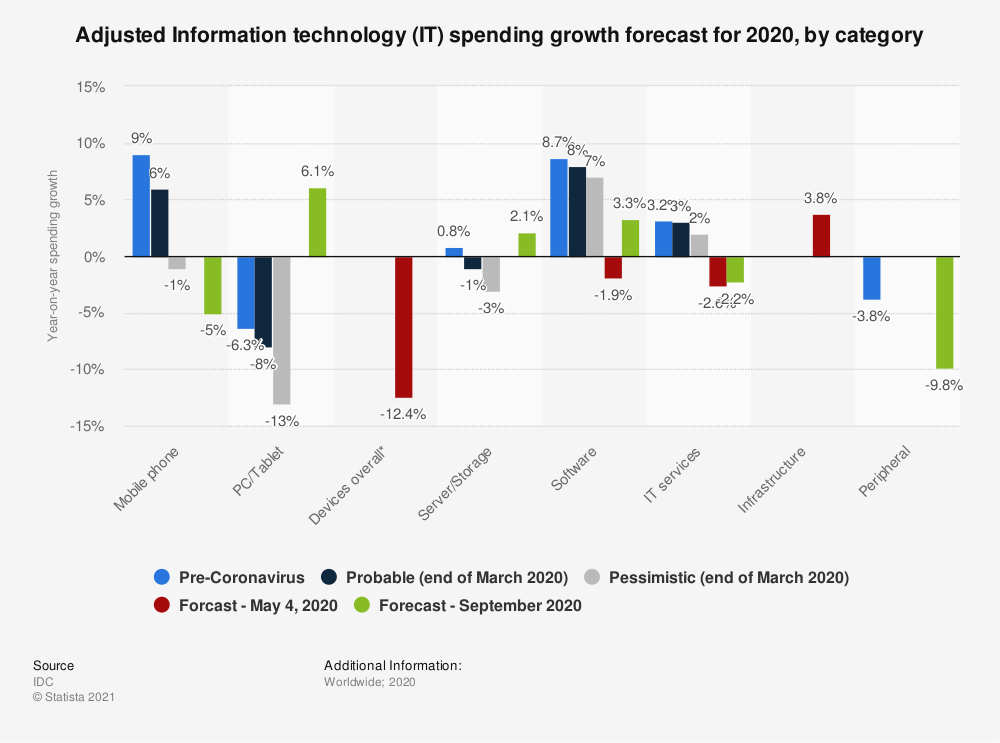More than half of the global workforce is working remotely and as the pandemic continues to threaten health, we are looking at a prolonged period of hybrid working – from home and office in different proportions.
One year later…
In March 2020, companies across the US abruptly shuttered their offices and instructed employees to work from home indefinitely because of the pandemic. At first, many thought the shutdowns would last a couple months. But one year later, millions of workers are still working remotely.

The pandemic has forced a large segment of the global workforce to go through a remote-work experiment on a scale never seen before — and a lot has changed in the last 12 months. As well as serious implications for people’s health, COVID-19 (coronavirus) is significantly impacting businesses and the economy. COVID-19 has forced organizations to reimagine business models, customer and supply chain relationships and working practices.
The pandemic has forced a large segment of the global workforce to go through a remote-work experiment on a scale never seen before — and a lot has changed in the last 12 months. As well as serious implications for people’s health, COVID-19 (coronavirus) is significantly impacting businesses and the economy. COVID-19 has forced organizations to reimagine business models, customer and supply chain relationships and working practices.
Healthcare, education, finance, and businesses large and small are growing and improving with the help of collaboration tools, especially video communications. This year alone, hundreds of thousands of small business owners – yoga and piano instructors, therapists, accountants, and others – maintained and even grew businesses using communication apps to connect with customers.
Did you know? Due to the impact of the COVID-19 and the growing practices of social distancing and working from home, Microsoft has seen dramatic increases in the daily use of their communication and collaboration platform within a short period of time.
How CIOs responded to shifting business models?
— Andrew Hewitt, Senior Analyst at Forrester

Despite the disruption, some CIOs dismissed the notion that their IT strategy had to fundamentally change. In the early days of lockdown their teams had to scale up the ability for staff to remotely connect to core business systems—but the long-term strategy remained largely untouched.
Supply chain relationships have also come under strain, particularly for manufacturing entities.
The pandemic also provided an opportunity to innovate and emerge with new market offerings. As per a CIO he took the opportunity to talk to clients virtually, to help them investigate future operating models and even educate less technically savvy users on the virtues of videoconferencing and collaboration software.
All leaders in IT had to step up and help their organizations.
Here’s a story you’d love to read: 1:1 Relationship between Customers and Culture
Impact of COVID-19 on IT Administration
In the wake of COVID-19, employees had only a few days to adjust to their new, virtual working platforms. Many had to rely more heavily on their IT administrators, which includes an entire technological ecosystem from frontline support staff to executive management. This surge in demand for technical support placed an unforeseen burden on many IT admins, as they scrambled to help their end-users become part of the virtual workforce.
As the pandemic caused major disruptions to the architectures of many companies, these IT administrators stepped in and redesigned processes that impacted businesses on the fly. Whether providing educational tutorials over the phone or physically handing off hardware and equipment, these essential workers became vital links in keeping networks connected and employees “plugged in” and companies afloat.
Read more: [How-to] implement seamless Group Governance while WFH
In times like these, receiving the right kind of technical support was the difference between having a productive day versus having a frustrating one. Success stories for any company during these tested times relied solely on IT Services and Solutions.
Facing the unforeseen challenges
IT being the backbone for any organization had to face paramount challenges in offering a seamless virtual workspace that can cater the needs for all employees. These included end users, vendors, business owners, decision makers, CIO / CTO / CSO / CEO, teams, and managers. One of the biggest issues that IT administrators faced involved educating customers on how to use the software and best practices around usage.
Did you know? By 2024, the worldwide market size for information security is expected reach almost 175 billion.
Common Use Cases—From our SME Diaries
IT success depended on effective and secure ways to manage every user and at the same time manage the ever-increasing helpdesk tickets. Most of these revolved around Group Management or Password Resets.
During the pandemic, Imanami offered solutions under its product GroupID, around Group Management that can help automate effective memberships or delegate static changes and requests—using a portal. The biggest requirement realized by IT Admins revolved around delegating Group Management to business owners—having some form of automation around sensitive groups.
Another challenge was losing the ability to manage distribution groups when groups are migrated to Azure. This was primarily due to the Microsoft Graph REST API 1.0 limitations in managing ‘cloud–only distribution groups.’
How can you get there?
- The answer to the above challenge is a simple sync from an on-prem Active Directory while GroupID Self-Service provides the ability to delegate management. When business owners make changes to their groups, they can be seamlessly synchronized to Azure AD via AAD Connect.
- GroupID Automate also offers the ability to help with correcting memberships across existing and newly created Sensitive Groups that are integral to business success. These membership changes can reflect the user-role and grant memberships accordingly to help with compliance.
- GroupID Password Center can help reduce Password Management Tickets where GroupID Synchronize can help automate User On-Boarding/Off-Boarding by connecting Active Directory to any HR Repository (Note: Cloud HR can be synchronized using a simple CSV Export/Import from Cloud to Synchronize)
- Coupling Automate and Self-Service solution helps to reduce the Helpdesk tickets. Together these solutions help you reduce mundane tasks so IT can focus on other important aspects of managing remote work.
Read more: How to work effectively with a remote team, the right way
Now what?
As the COVID-19 pandemic continues to evolve, there has never been a more pressing need for organizations to rethink and reconfigure their businesses for a changed world. Some companies plan to remain 100% remote post-pandemic, while others will take a hybrid approach, giving workers more flexibility about where they work.
Now’s the time for organizations to focus their efforts on supporting key areas of their businesses that will help them to stabilize in the new environment and strategize for what’s next. In the short term, a return to pre-COVID-19 levels will take 1–4 years, depending on the recovery that will unfold.
Organizations that get it right may emerge from the crisis ahead in the war for talent, with policies that employees prefer, and workplaces that are purpose-designed to be vibrant, foster collaboration and productivity for the new way of working.
One way or another, 2021 is likely to be the year when the world transitions to the next normal. Even as more people become vaccinated, experts warn that it’s going to take time to return to any sense of normalcy at work.
Empower your IT professionals today!
GroupID by Imanami offers a suite of solutions that empowers IT professionals to effectively and automatically provision and manage users and groups—in this new business shift.
Watch: Imanami’s 2020 Year in Review
For a personal consultation on how you can best implement effective group management while saving your IT Admins time to do more productive tasks, get in touch for an Imanami Group Specialist here: www.imanami.com
Has your team or organization shifted to remote work? Have you relied more heavily on IT administrators to help with common issues? Leave your comments below.
Jonathan Blackwell
View ProfileSince 2012, Jonathan Blackwell, an engineer and innovator, has provided engineering leadership that has put GroupID at the forefront of group and user management for Active Directory and Azure AD environments. His experience in development, marketing, and sales allows Jonathan to fully understand the Identity market and how buyers think.

